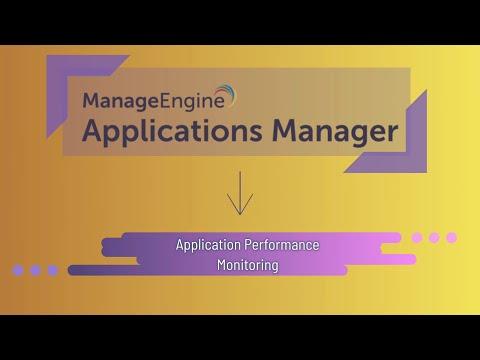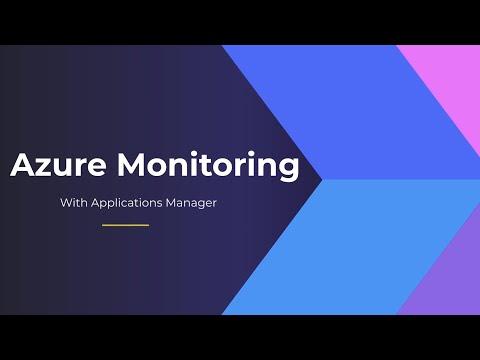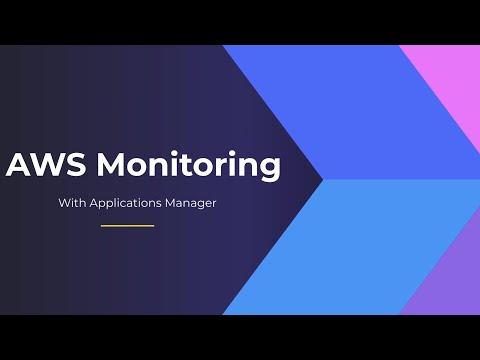HP announces the latest version of HP BSM, which provides end-to-end visibility into the health of business services, powered by meaningful intelligence and analytics, helping IT increase its operational efficiency and reduce down time.
BSM 9.2 introduces the concept of “Operational Analytics” (OpsAnalytics), which provides customers the right intelligence to accurately predict and prevent problems, while also being able to analyze and search the massive amounts of data to quickly identify and diagnose issues. It combines the power of Operations Manager i (OMi), with the capabilities of Logger to help customers prevent or resolve any incident in their environment.
In addition, in this release, HP also introduces HP Virtualization Performance Viewer (vPV), a triage tool for virtualization administrators and subject matter experts (vSME) to diagnose and troubleshoot performance bottlenecks in virtualized environments.
Customers can download the free version of vPV to start using in production to gain immediate value.
What’s cool and exciting about BSM 9.20?
OpsAnalytics delivers actionable intelligence about the health of IT services by automating the correlation and analysis of consolidated data, including machine data, logs, events, topology and performance information. It enables customers to:
- Remediate known problems before they occur with predictive analytics that forecast problems and prioritize issues based on business impact.
- Proactively solve unknown issues by collecting, storing and analyzing IT operational data including logs, machine data, performance data and events to automatically correlate service abnormalities with the problem source.
- Resolve incidents faster with knowledge built on historical analysis of prior similar events that contains search capabilities across logs and events.
HP BSM further helps clients maximizing IT investments with end-to-end visibility across heterogeneous environments, enabling clients to:
- Ensure service availability with a 360 degree view of IT performance, gathered by aggregating data from disparate sources into a single dashboard using out of the box connectors to a range of management frameworks, including IBM Tivoli, MS SCOM and Nagios.
- Resolve and improve performance of applications running in OpenStack and Python cloud environments with diagnostics that pinpoint performance bottlenecks.
- Improve availability of web and mobile applications through greater insight into client side performance issues.
Below is a quote from a BSM 9.20 beta customer:
“Lacking automated end-to-end monitoring of business services caused service outages, costing us approximately $400,000 annually,” said Aslan Demir, chief information officer, Kuveyt Turk Participation Bank. “We decided to implement HP BSM software and now monitor business services as a whole, resolving many problems without ever causing downtime.”
The Latest
Broad proliferation of cloud infrastructure combined with continued support for remote workers is driving increased complexity and visibility challenges for network operations teams, according to new research conducted by Dimensional Research and sponsored by Broadcom ...
New research from ServiceNow and ThoughtLab reveals that less than 30% of banks feel their transformation efforts are meeting evolving customer digital needs. Additionally, 52% say they must revamp their strategy to counter competition from outside the sector. Adapting to these challenges isn't just about staying competitive — it's about staying in business ...
Leaders in the financial services sector are bullish on AI, with 95% of business and IT decision makers saying that AI is a top C-Suite priority, and 96% of respondents believing it provides their business a competitive advantage, according to Riverbed's Global AI and Digital Experience Survey ...
SLOs have long been a staple for DevOps teams to monitor the health of their applications and infrastructure ... Now, as digital trends have shifted, more and more teams are looking to adapt this model for the mobile environment. This, however, is not without its challenges ...
Modernizing IT infrastructure has become essential for organizations striving to remain competitive. This modernization extends beyond merely upgrading hardware or software; it involves strategically leveraging new technologies like AI and cloud computing to enhance operational efficiency, increase data accessibility, and improve the end-user experience ...
AI sure grew fast in popularity, but are AI apps any good? ... If companies are going to keep integrating AI applications into their tech stack at the rate they are, then they need to be aware of AI's limitations. More importantly, they need to evolve their testing regiment ...
If you were lucky, you found out about the massive CrowdStrike/Microsoft outage last July by reading about it over coffee. Those less fortunate were awoken hours earlier by frantic calls from work ... Whether you were directly affected or not, there's an important lesson: all organizations should be conducting in-depth reviews of testing and change management ...
In MEAN TIME TO INSIGHT Episode 11, Shamus McGillicuddy, VP of Research, Network Infrastructure and Operations, at EMA discusses Secure Access Service Edge (SASE) ...
On average, only 48% of digital initiatives enterprise-wide meet or exceed their business outcome targets according to Gartner's annual global survey of CIOs and technology executives ...
Artificial intelligence (AI) is rapidly reshaping industries around the world. From optimizing business processes to unlocking new levels of innovation, AI is a critical driver of success for modern enterprises. As a result, business leaders — from DevOps engineers to CTOs — are under pressure to incorporate AI into their workflows to stay competitive. But the question isn't whether AI should be adopted — it's how ...







